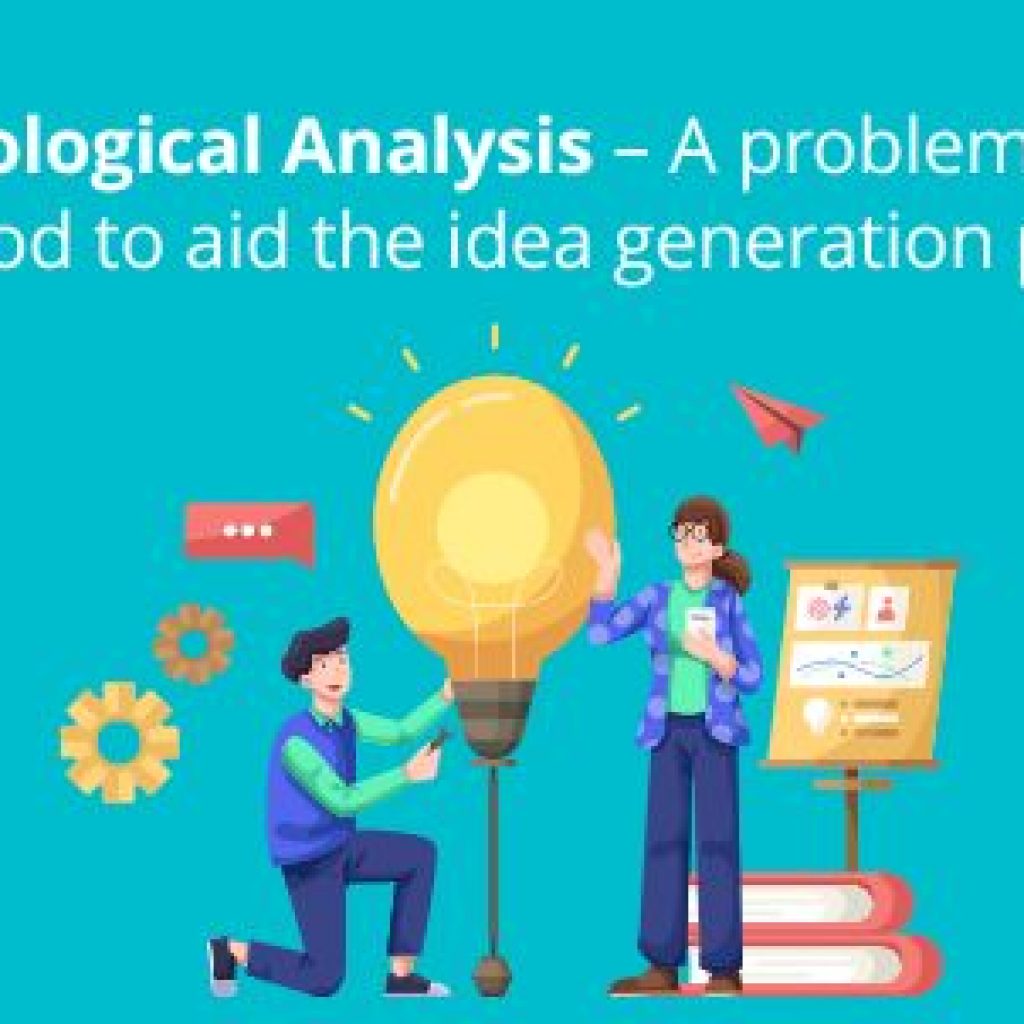Patents with high licensing potential, also known as star patents, are highly sought by almost every in-house IP sales team and patent brokerage teams. However, finding the top 50 star patents from a portfolio of 10k+ patents is quite a challenge, and it has been bothering both in-house licensing teams and patent brokerages for a long time.
Fret not anymore, because today, we will share one of the many parameters (Office Action data) that you can use to zero-down on high licensing potential patents. However, before we move ahead, let’s first discuss why you should pay attention to office actions where a patent examiner has used one of your patent assets to give 102/103 type of rejection.
Why should you pay attention to Office Action Data during a Licensing campaign? (BTW do you have all your office action data indexed and searchable?)
In 2016, two researchers at National Taiwan University examined the relationship between acquired and self-owned technologies by studying the patent portfolio of Taiwan Semiconductor Manufacturing Company (TSMC) — the largest semiconductor foundry in the world.
One of the striking findings was that most of the patents TSMC acquired were cited for 102/103 type rejection during the prosecution of their own patents.
In another instance, my colleagues Rajesh and Priya analyzed the patent acquisition strategies of some prominent companies. The duo figured that major players acquire patents that were the cause of rejection during the prosecution of their patent application. Below are three cases where Google acquired a patent cited as 102/103 type reference by an examiner:
Case I: In 2007, Google filed a patent application numbered EP2076853A1. During its prosecution on Dec 23, 2009, IBM’s patent US6718365B1 was cited by the examiner. Following up on this, on Aug 17, 2011, Google acquired the cited patent (US’365) from IBM. Thereafter, it withdrew its own patent application. (Perhaps the patent acquisition sufficed its purpose here!)
Case II: US6073130A (owned by AT&T) was used by the examiner as prior art in the prosecution of a number of patents filed by Google (some of them being US7412708B1, US8645391B1, and US8825471B2). In March of 2017, patent US’130 was acquired by Google from AT&T.
Case III: Google had acquired Patent No. US8024223B2 from IBM in 2011. Patent US’223 was cited by the examiner in the prosecution of a patent application by Yahoo!(US20090325602A1). The latter application was granted in 2013 as US8452855B2. Following up on this in 2014, Google went on to acquire the US’855 patent.
Richardson Oliver Law Group in its 2015 Brokered Patent Market study evaluated millions of patents. The study found that forward citation – where your patent is cited as a reference – is the most significant factor in identifying patents that has a high likeness to be purchased.
We believe that forward citations are a proxy for industry-wide R&D investment in a technology area. With more investment, there are generally more products. With more products, there is a higher chance of infringement. Infringement drives value and most likely meets a client’s needs. Specifically, a purchase either eliminates the client’s own infringement or provides a tool to use against someone else).
~ Richardson, Costa, & Oliver (2016)
How to use Office Action Data to Find Star Patents?
The rejection ground (102 & 103) and the patents cited by examiner in these rejections, can be your map to find patents for licensing. What could render this map useless is a manual analysis which is time-consuming and could increase the cost of your monetization campaign.
To solve this problem, we built an intelligent tool, BOS, for in-house patent licensing teams and patent brokerages.
BOS stands for Business Opportunity for Sales. And it finds those opportunities by finding patents that received a rejection (102/103 type) due to one of your patents. You can explore more about BOS by clicking here: BOS – A non-aggressive way to monetize patents
(You can also get your feet wet by filing a tiny form at the bottom of this link.)
BOS in Action – Using BOS to find the Star Patents of Microsoft
Let’s consider the case of Microsoft which specializes in Computer Software, consumer electronics, personal computers, and related services. Its key technology areas include Graphical use interface (GUI), Data Bases & File Management, Computer Networks, Cryptography & Security, Software Development, and many more.
We analyzed Microsoft patents filed in the ‘Data Bases & File Management’ technology. Below is the list of the top 10 blocking patents (or Star patents) of Microsoft in Databases & File Management:
| MICROSOFT PATENT | TITLE | APPLICATIONS BLOCKED | 102/103 REJECTIONS | KEY ASSIGNEES BLOCKED |
|---|---|---|---|---|
| US20100082604A1 | AUTOMATIC SEARCH QUERY SUGGESTIONS WITH SEARCH RESULT SUGGESTIONS FROM USER HISTORY | 17 | 40 | Facebook, Google, IBM, Salesforce, Samsung |
| US20070214131A1 | RE-RANKING SEARCH RESULTS BASED ON QUERY LOG | 19 | 39 | Amazon, Google, IBM, Snap |
| US20090164929A1 | CUSTOMIZING SEARCH RESULTS | 23 | 37 | Apple, Canon, Facebook, Google, IBM, Sony, Tencent |
| US20070208893A1 | FILE-BASED COMPRESSION ON A FAT VOLUME | 12 | 34 | IBM, Teradata, BNY Mellon |
| US20060026152A1 | QUERY-BASED SNIPPET CLUSTERING FOR SEARCH RESULT GROUPING | 20 | 34 | Ebay, IBM, Nokia, Oracle, Fujitsu |
| US20110320423A1 | INTEGRATING SOCIAL NETWORK DATA WITH SEARCH RESULTS | 13 | 30 | Facebook, Google, IBM |
| US20060042483A1 | METHOD AND SYSTEM FOR REPUTATION EVALUATION OF ONLINE USERS IN A SOCIAL NETWORKING SCHEME | 20 | 28 | Bank of America, Google, IBM |
| US20050203878A1 | USER INTENT DISCOVERY | 12 | 28 | Apple, Google, IBM, Infosys |
| US20060031214A1 | METHOD AND SYSTEM FOR ADAPTIVE CATEGORIAL PRESENTATION OF SEARCH RESULTS | 13 | 27 | Google, Morgan Stanley, TiVo |
| US20060190436A1 | DYNAMIC CLIENT INTERACTION FOR SEARCH | 14 | 27 | Google, IBM, TCS, Tencent |
The patent (US20100082604A1) was involved in 40 rejections. This is huge!! It clearly says that some big players like Facebook, Google, IBM, Salesforce, Samsung, etc were trying to get their hands on the technology but couldn’t as Microsoft had already claimed it. The same goes for the other patents on the list.
It turns out Microsoft has a stronghold in Data Bases & File Management. Many big players are revolving around Microsoft’s technology but are unsuccessful. Microsoft can use these patents for infringement checks, litigation, and monetization (selling/licensing to the prospect assignees).
Further, these patents aren’t the only ones. Microsoft specializes in multiple technologies and there are plenty of star patents in each of the tech categories. You can have a good look at monetization potential of Microsoft’s patents here: Microsoft Patents Portfolio through BOS’ Eyes
Do you want to figure out star patents in your patent portfolio?
Don’t hesitate.











